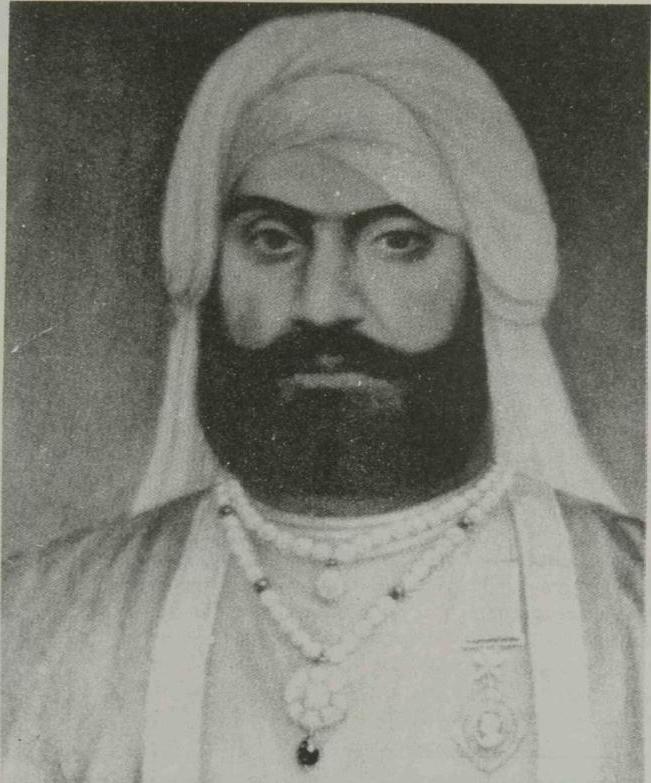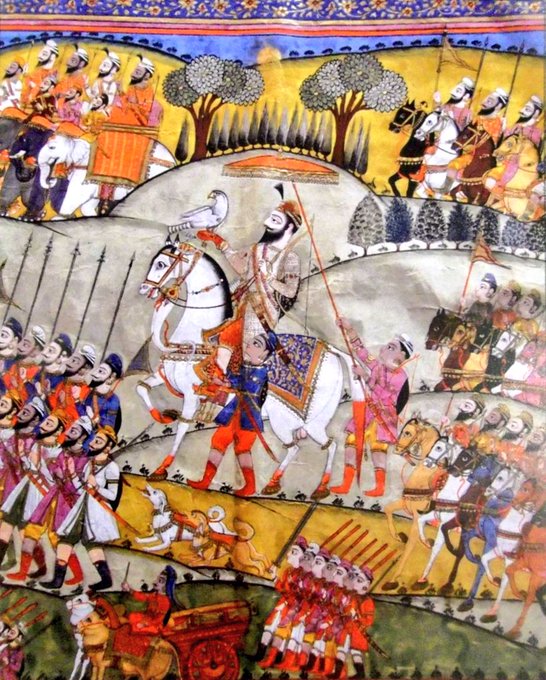ANGLOSIKH TREATIES (LAHORE, 9 and 11 March 1846). After the end of the first Anglo Sikh war, the British governor general, Lord Harding, entered the Sikh capital on 20 February 1846, and on 9 March imposed upon the young Maharaja Duleep Singh, then aged seven and a half years, a treaty of peace. The preamble to the treaty accused the Lahore government and the Sikh army of having violated the terms of the treaty of 1809 by unprovoked aggression on British provinces. The territories of Maharaja Duleep Singh, situated on the left bank of the Sutlej, were confiscated and annexed.
Discover the legacy of Ram Singh Chhapevala, a pivotal figure in the Second Anglo-Sikh War, famed for his bravery in the battles of Ramnagar, Chilianwala, and Gujrat.
Explore the 1848-49 Anglo-Sikh War II, marking British domination and the end of the Sikh Kingdom. Learn about strategies, resistances, and outcomes.
Discover the heroic legacy of Bibi Sahib Kaur, a true warrior & influential leader in Punjab's history. Her courage and strategic prowess left a lasting impact.
Discover the life of Sayyid Ahmad Barelavi, leader of the Wahabi movement in India, advocating religious reform and leading jihads across Afghan-Sikh borders.
Explore the unbiased history of the Anglo-Sikh wars (1845-49) and Punjab annexation by Gough & Innes. Discover key battles like Ferozeshah.
CHARYARI SOWARS was the name given to an irregular cavalry regiment in Sikh times. It owed its origin to four friends, or Char (four) Your (friends), who were seen together all the time. Their names were: Bhup Singh Siddhu.Jit Singh, Ram Singh Saddozai and Hardas Singh Bania. They were all young men of the same age, very handsome, well built and always elegantly dressed. Maharaja Ranjit Singh became very fond of the foursome and employed them as soldiers. He was so impressed by their bearing that he gave them fine horses to ride and created a regiment named Charyari Sowars after them.
Explore the legacy of Surat Singh Majithia, a Sikh commander who played a pivotal role in the Anglo-Sikh wars and was honored with the title of Raja.
DAL KHALSA is the term used to describe the militia which came into being during the turbulent period of the second half of the eighteenth century and which became a formidable fighting force of the Sikhs in the northwestern part of India. The first Khalsa army formed and led by the creator of the Khalsa, Guru Gobind Singh (1666-1708), had broken up at the time of the evacuation of Anandpur in December 1705. Another force, at one time 40,000 strong, raised by Banda Singh Bahadur (1670-1716) was scattered after the caputre and execution of its leader.
Discover the valor of Raja Amar Singh in the 1774 battle against Bhatti chiefs, as eloquently depicted by poet Kesho Das. Explore this rich historical account.





